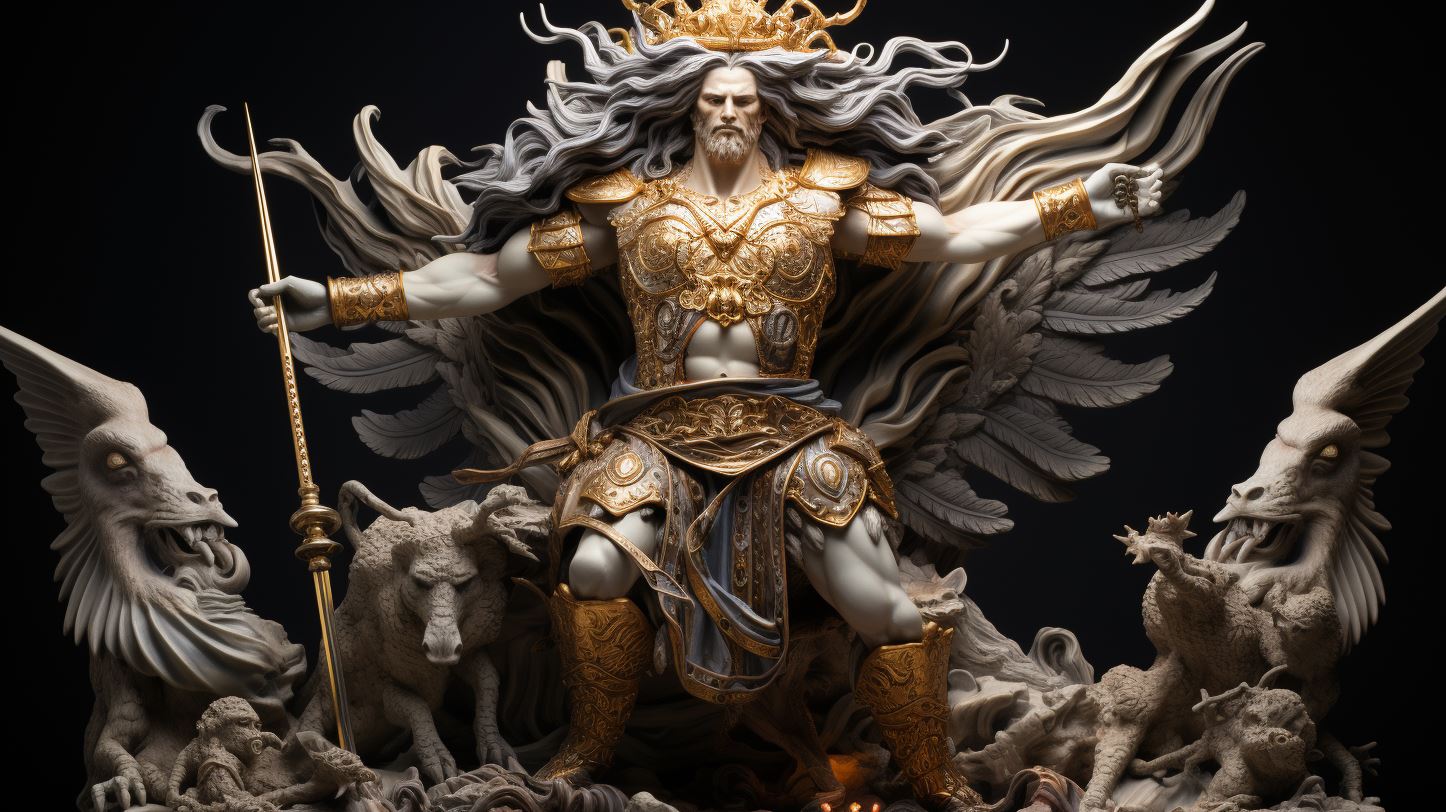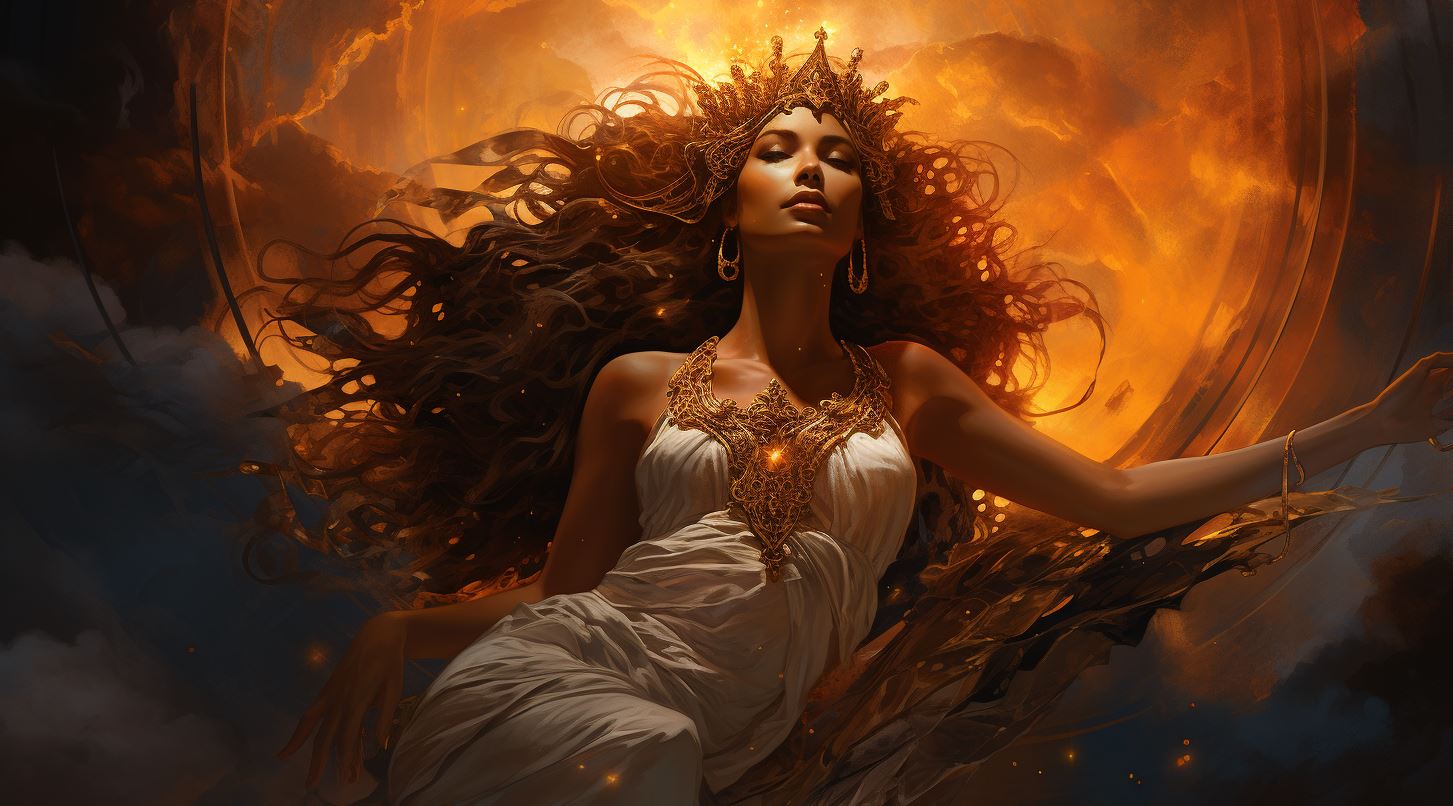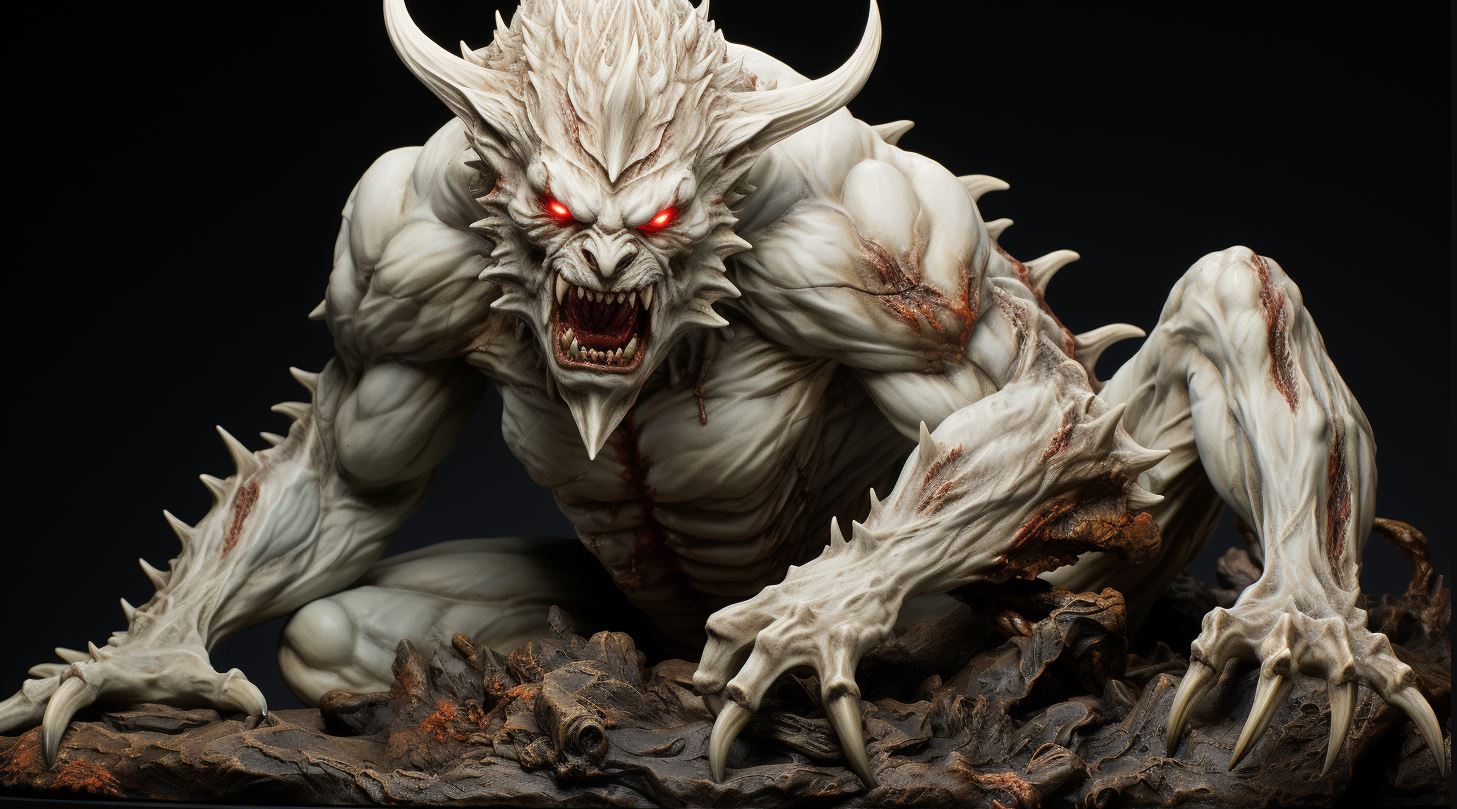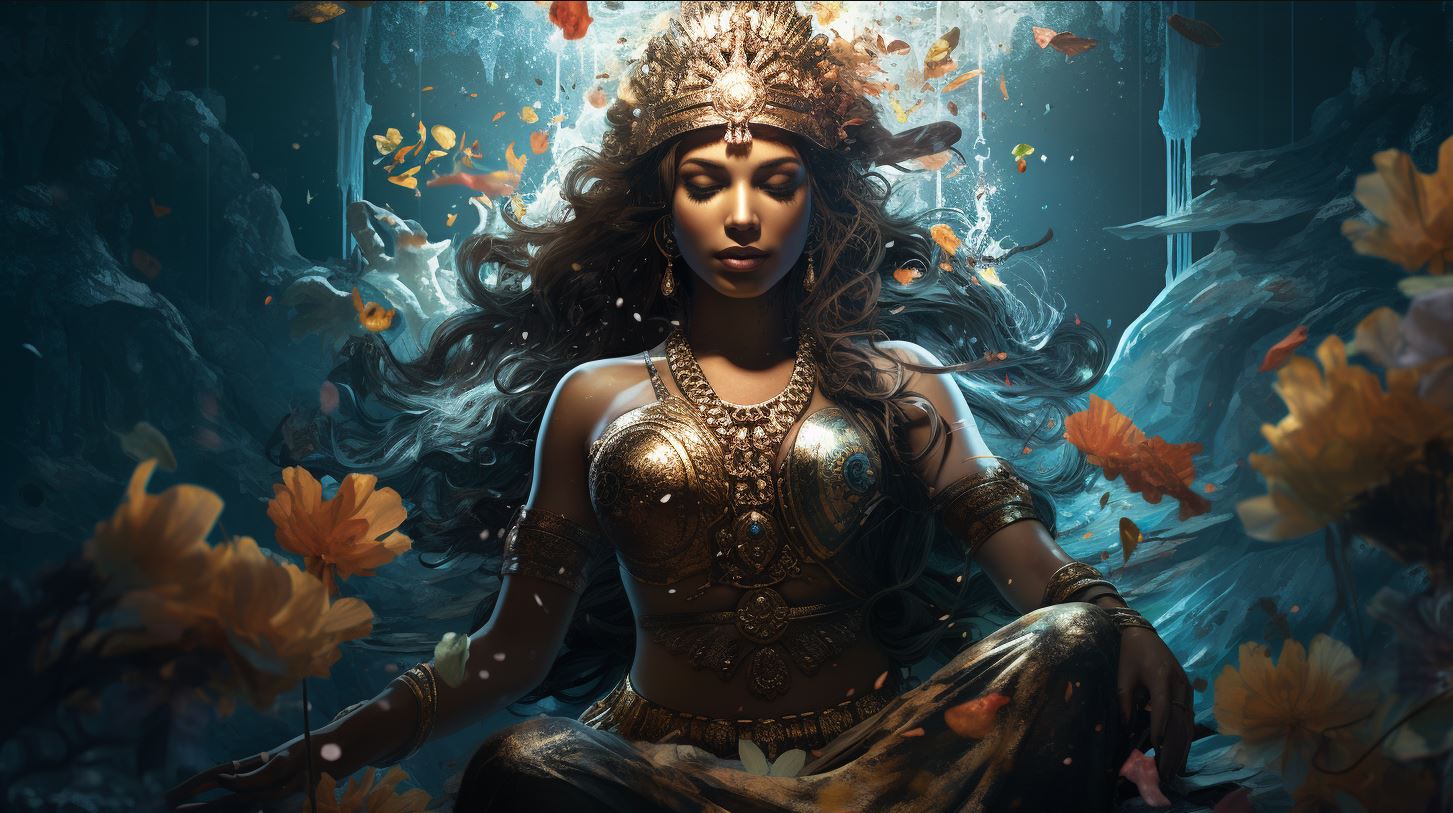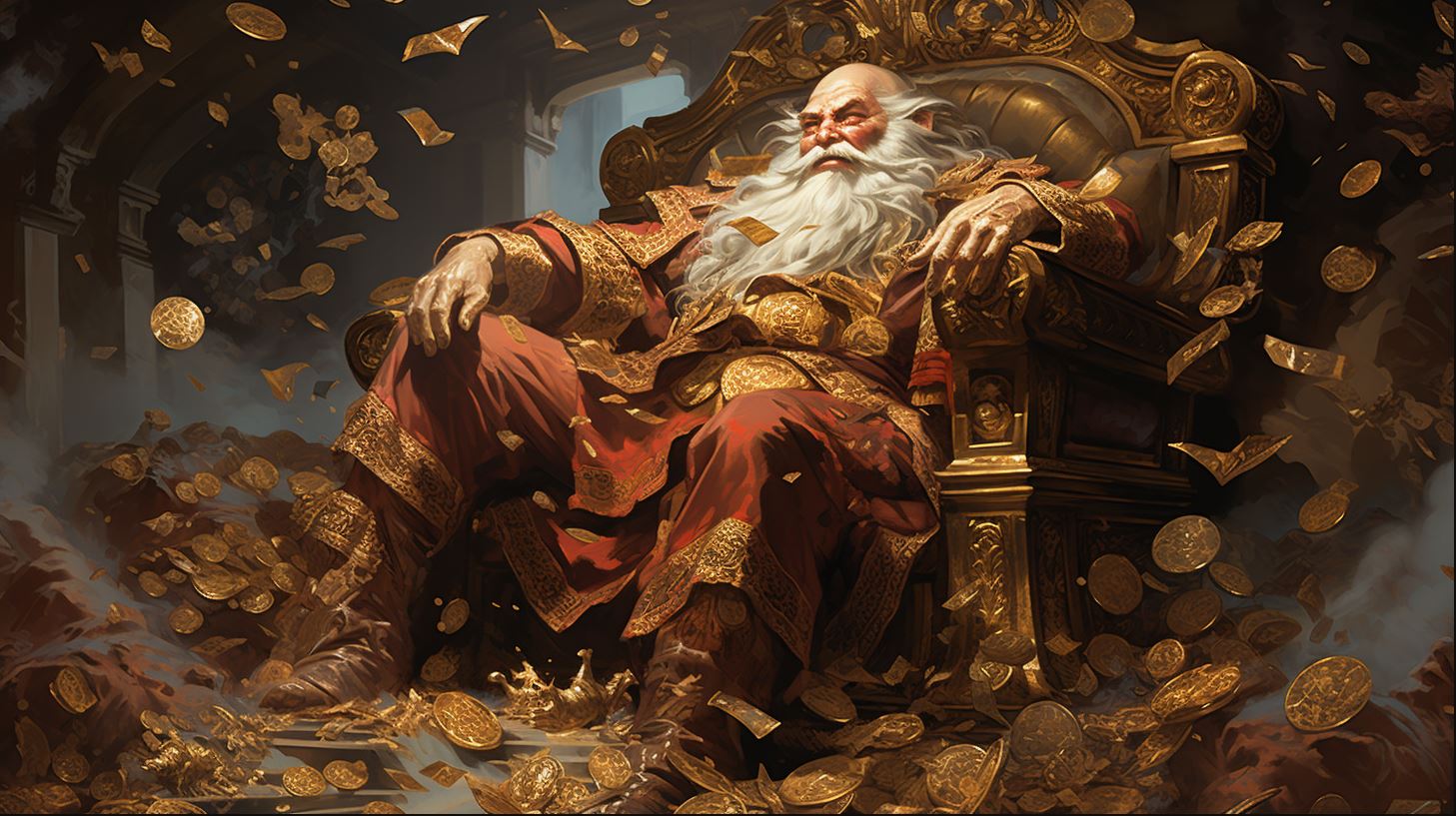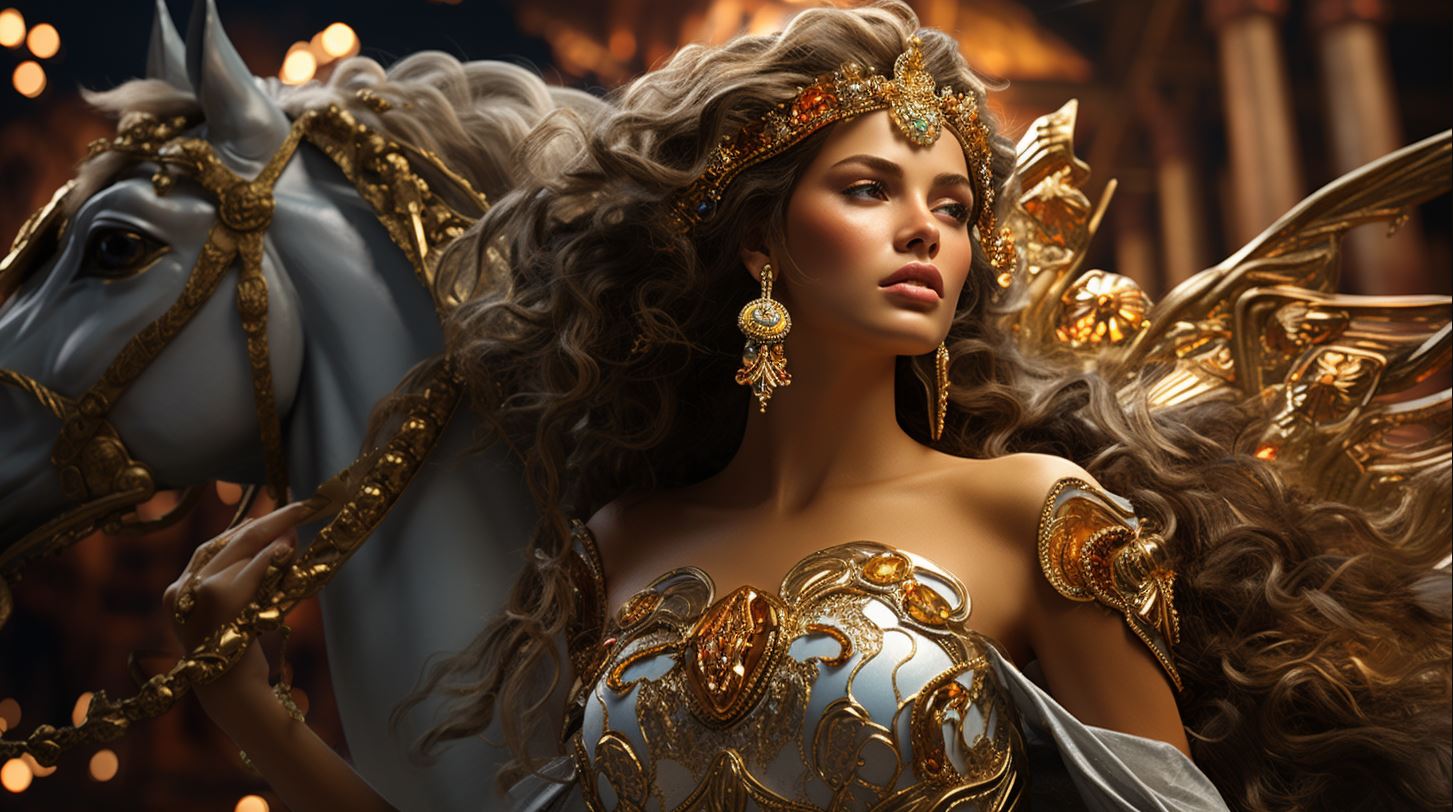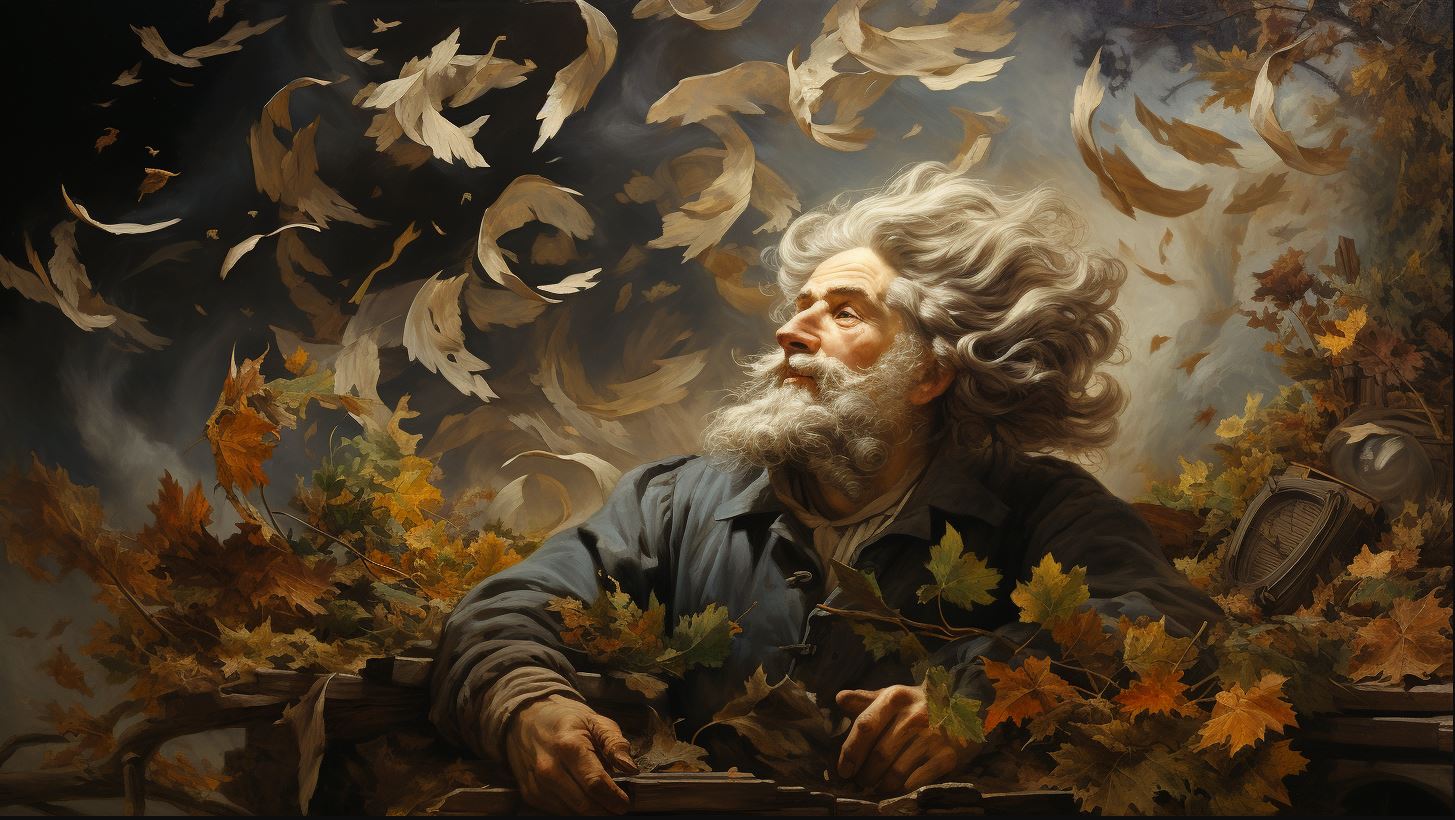Bahram Persian God: Unveiling the Secrets of the Mighty Persian Deity
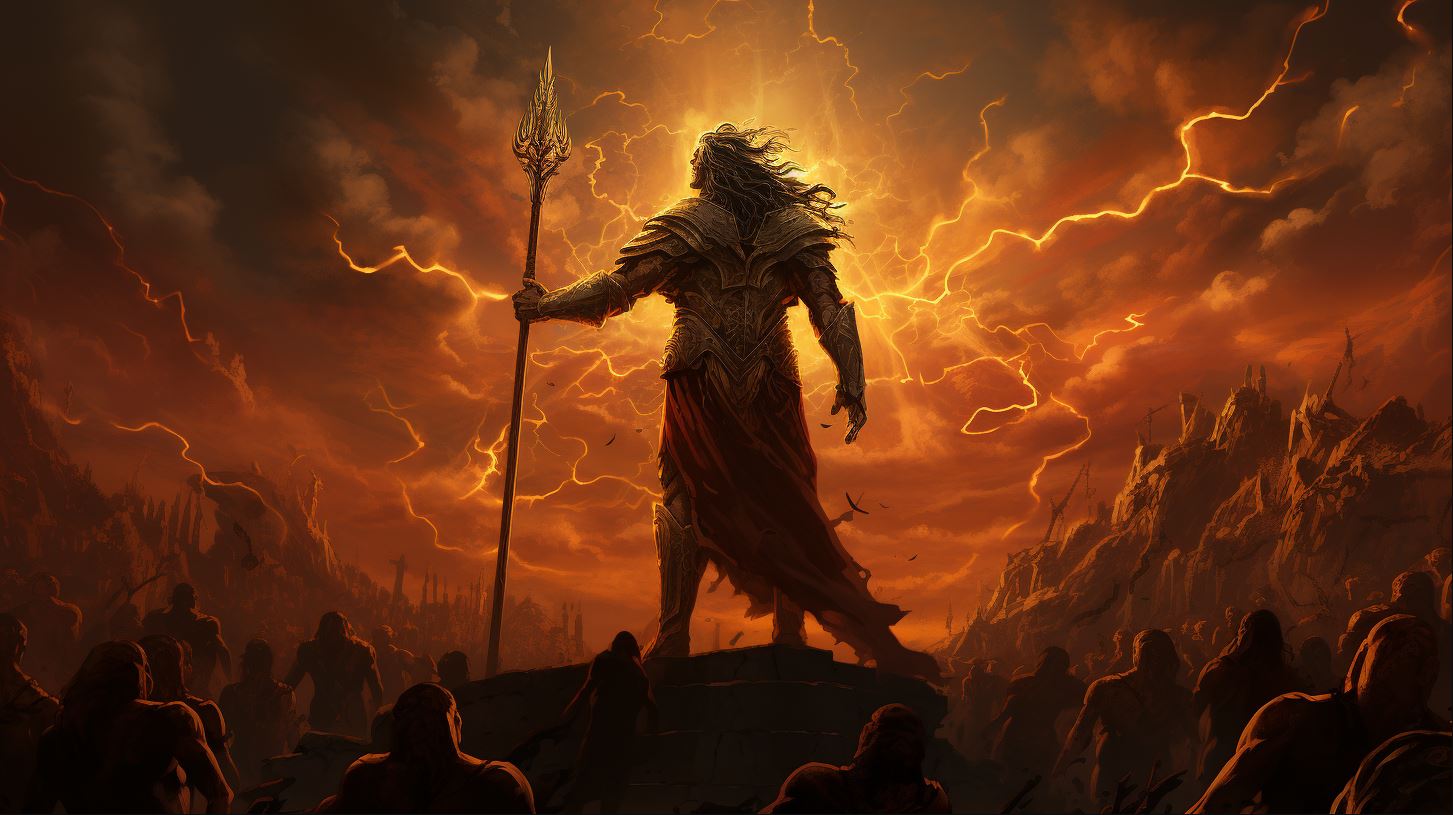
Bahram Persian God, worshipped in ancient Iran, holds a significant place in the Zoroastrian faith. Revered as the deity of victory and armed with immense power, he played a crucial role in battles against both humans and demons.
This Indo-Iranian god’s prominence is reflected in the hierarchy and calendar of Zoroastrianism. Bahram’s visual representations, ranging from reclining sculptures to majestic crowns, depict him as a symbol of triumph. The ancient hymn dedicated to Bahram, known as Bahram Yašt, sheds light on his diverse incarnations and the gifts he bestows upon Zoroastrians.
Additionally, Bahram is associated with mystical elements and practices of exorcism.
The Significance and Role of Bahram in Zoroastrianism
Bahram holds a pivotal position in Zoroastrianism as a powerful deity with multifaceted significance. This section examines various aspects of Bahram’s significance and role within the faith, shedding light on his warrior nature, connection to the ancient Indo-Iranian era, and his position in the Zoroastrian hierarchy and calendar.
The Great Warrior God: Bahram’s Role in Warfare and Victory
Bahram is revered as the great warrior god in Zoroastrianism, embodying strength and valiance. He is believed to be the well-armed and powerful deity who fiercely battles against both mortal enemies and demonic forces.
As the god of victory, Bahram plays a significant role in ensuring triumph and success in battles fought by Zoroastrians.
Bahram’s Connection to Pre-Zoroastrian Era and Indo-Iranian History
Bahram’s significance extends beyond the boundaries of Zoroastrianism, as he is associated with pre-Zoroastrian archaic elements and the era of Indo-Iranian history. This connection showcases his historical roots and highlights his importance as a deity who transcends religious boundaries and is woven into the fabric of ancient Iranian culture.
Bahram’s Position in the Zoroastrian Hierarchy and Calendar
Within the Zoroastrian hierarchy, Bahram is considered an aide to Asha Vahishta, responsible for the luminaries. He is also recognized as one of the Amesha Spentas and holds a prominent place in the religious calendar.
The twentieth day of the month is dedicated to Bahram, signifying his significance and the devotion accorded to him by Zoroastrians.
Iconography and Representation of Bahram in Art and Sculpture
The iconography and representation of Bahram in art and sculpture provide valuable insights into the significance of this mighty Persian deity. This section explores Bahram’s portrayal as a symbol of victory and the evolution of his visual representation throughout history.
Bahram as a Symbol of Victory: Depictions of the Divine Warrior
Bahram is revered as the deity of victory, and his depictions in art and sculpture often highlight his role as a divine warrior. These representations showcase his power, strength, and martial prowess, capturing the essence of his connection to triumph on the battlefield.
Through these visual depictions, Bahram’s status as a formidable warrior and his association with victorious outcomes are emphasized.
Evolution of Bahram’s Representation: From Reclining Sculptures to Wings and Crowns
The representations of Bahram in art and sculpture have gone through a transformative evolution over time. In early depictions, Bahram was often portrayed as a reclining figure, symbolizing his rest after a glorious victory.
As time progressed, artists and sculptors explored different symbolism, representing Bahram with wings or incorporating bird-of-prey motifs into the crowns of Sasanian kings, symbolizing his association with falconry and his divine nature.
This evolution in Bahram’s representation can be observed in the artwork and sculptures of the Sasanian period, where artists creatively captured his essence through various imagery. These artistic renditions not only portrayed Bahram’s divine attributes but also reflected the cultural and historical context of their time.
- Reclining sculptures: Symbolic of Bahram’s post-victory repose
- Winged depictions: Representing Bahram’s association with falconry and aerial prowess
- Bird-of-prey motifs in crowns: Highlighting Bahram’s divine nature and role in royal lineage
The artistic representations of Bahram provide a visual narrative of his significance in Persian culture and the collective imagination of worshippers throughout history.
These depictions not only capture the essence of Bahram as a formidable warrior and a symbol of victory but also serve as a testament to the rich artistic heritage of the time.
The Bahram Yašt: Insights into the Different Incarnations of Bahram
The Bahram Yašt is an ancient hymn that provides valuable insights into the diverse incarnations of Bahram, the Persian god of victory. This hymn, dedicated to Bahram, unveils the various forms in which he manifests himself and sheds light on their symbolic significance within the Zoroastrian faith.
Exploring the Ancient Hymn Dedicated to Bahram
The Bahram Yašt serves as a window into the rich mythology and beliefs surrounding Bahram. This captivating hymn offers a poetic account of the deity’s transformations and emphasizes his dynamic nature.
It describes Bahram as a tempestuous wind, a majestic golden-horned bull, a powerful white horse, a passionate camel in heat, a fierce wild boar, a youthful warrior of fifteen, a swift falcon, a majestic ram, a wild goat, and a formidable armed warrior.
Bahram’s Various Manifestations and Their Symbolism
Each incarnation of Bahram depicted in the Bahram Yašt conveys profound symbolism. As a wind, he represents power and unstoppable force. The golden-horned bull symbolizes abundance and fertility, while the white horse signifies purity and swiftness.
The camel in heat signifies the fiery passion and ardor associated with Bahram’s nature, while the wild boar embodies his ferocity in battle. The youthful warrior represents resilience and vitality, while the falcon symbolizes sharp vision and agility.
The ram represents leadership and the wild goat signifies independence and freedom. Finally, the armed warrior embodies Bahram’s martial prowess and his role as a protector and champion.
The Gifts and Blessings Bestowed by Bahram to Zoroastrians
Within the Bahram Yašt, it is revealed that Zaratustra, the founder of the Zoroastrian faith, receives special favor and blessings from Bahram.
Devotees of Bahram, according to this ancient hymn, are bestowed with extraordinary gifts. These gifts include the power of victory in thought, speech, and action, reflecting Bahram’s association with triumph in all aspects of life.
The Bahram Yašt offers profound insights into the multifaceted nature of Bahram and his significance in Zoroastrian mythology. It serves as a testament to the enduring influence and reverence held for this esteemed Persian deity throughout history.
Bahram’s Association with Magic and Exorcism
Bahram, the powerful Persian god, is closely linked to elements of magic and practices of exorcism within the Zoroastrian faith. These mystical connections highlight the diverse nature of Bahram’s influence and role in religious rites.
Magical Elements and Oracles Linked to Bahram
Within the realm of Bahram’s association with magic, intriguing oracles based on the flight or fall of a hawk’s feather play a significant role. This practice is believed to reveal valuable insights and foretell future events to the faithful followers of Bahram.
The interpretations of these oracles require careful observation and discernment, making them an integral part of Bahram’s mystical domain.
Ritual Practices and Warnings for Mazdā’s Devotees
The cult of Bahram involves various ritual practices that hold great importance for the devotees of Mazdā. These rituals serve as a means to connect with the divine power of Bahram and seek protection from evil forces.
However, cautionary teachings also exist within the religious texts, advising the followers to uphold these rituals diligently and stay away from any practices that might be deemed detrimental to their spiritual well-being.
It is essential for the devotees to approach Bahram’s association with magic and exorcism with reverence and respect. By aligning themselves with the teachings and practices related to Bahram’s mystical realm, they can tap into the powerful forces symbolized by this deity and safeguard their spiritual path.
Exploring the intricate connection between Bahram, magic, and exorcism sheds light on the multifaceted nature of Zoroastrian beliefs and rituals, where divine power intertwines with the pursuit of protection and spiritual growth.

